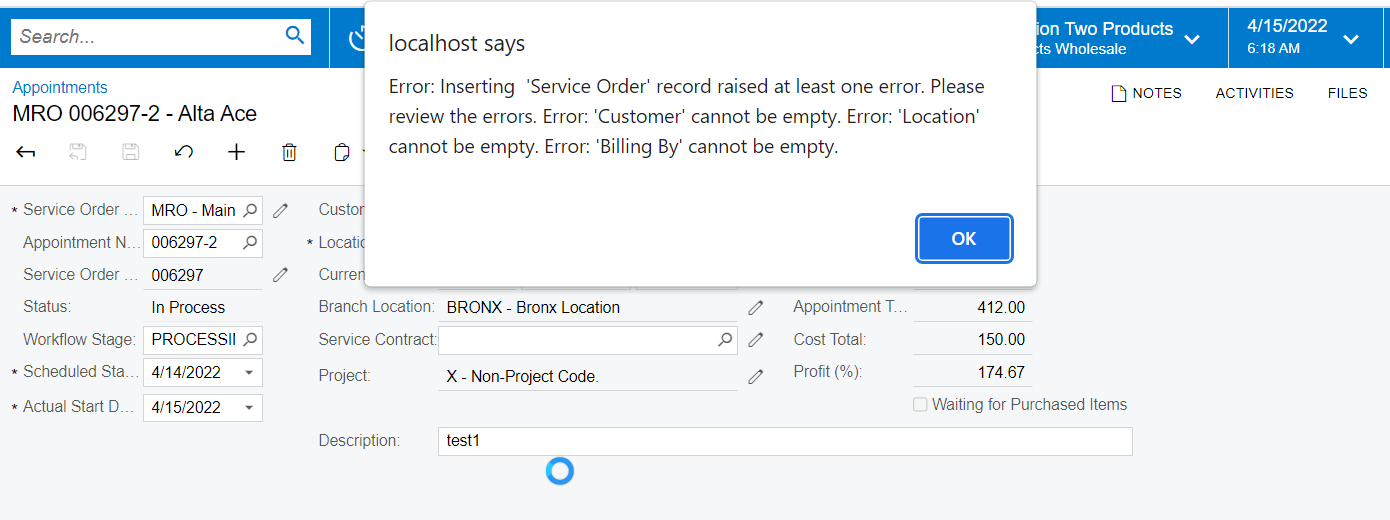Hello Everyone,
I have created a new action button in appointment screen and need to create a new appointment with all the current appointment information includes tabs also in this new action. I have to perform same like copy/paste functionality from this action and have to save the new appointment. How do we perform Copy/paste through logic or is there any other way to do it with acumatica existing methods in easy way instead of creating and assigning everything to a new objects.
Need some suggestions for best possible way to implement this.
Thanks in advance.
Best answer by mvolshteyn
View original






